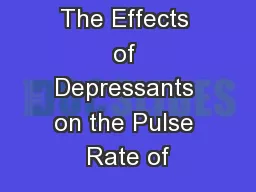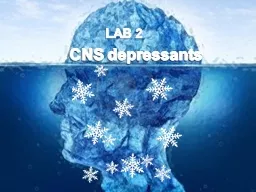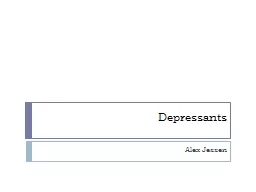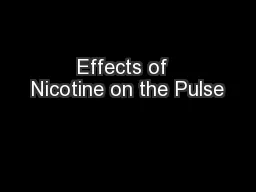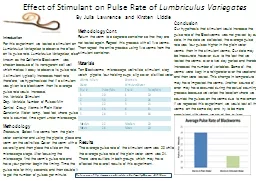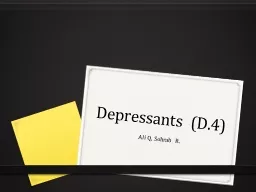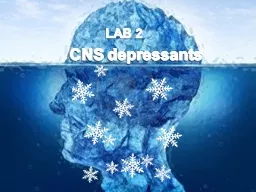PPT-The Effects of Depressants on the Pulse Rate of
Author : celsa-spraggs | Published Date : 2018-03-23
Lumbriculus Variegatus Introduction Lumbriculus Variegatus also known as the California blackworm can be found throughout North America and Europe living in
Presentation Embed Code
Download Presentation
Download Presentation The PPT/PDF document "The Effects of Depressants on the Pulse ..." is the property of its rightful owner. Permission is granted to download and print the materials on this website for personal, non-commercial use only, and to display it on your personal computer provided you do not modify the materials and that you retain all copyright notices contained in the materials. By downloading content from our website, you accept the terms of this agreement.
The Effects of Depressants on the Pulse Rate of: Transcript
Download Rules Of Document
"The Effects of Depressants on the Pulse Rate of"The content belongs to its owner. You may download and print it for personal use, without modification, and keep all copyright notices. By downloading, you agree to these terms.
Related Documents

